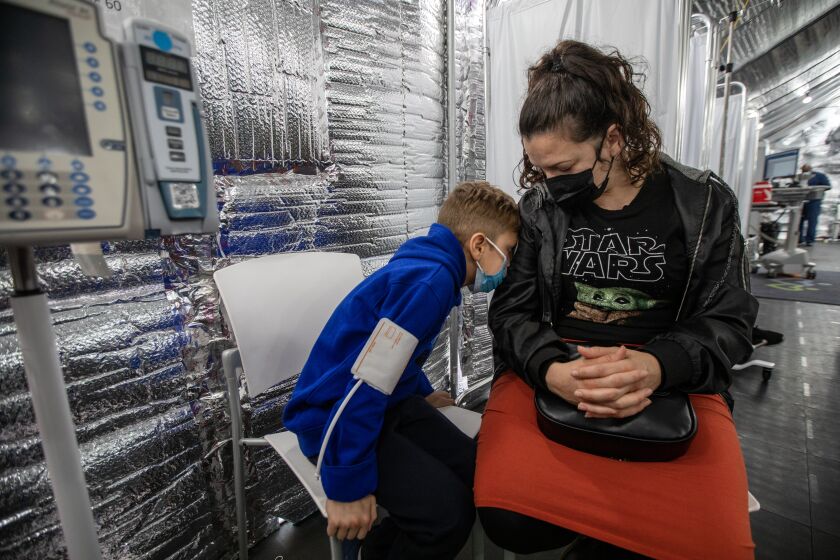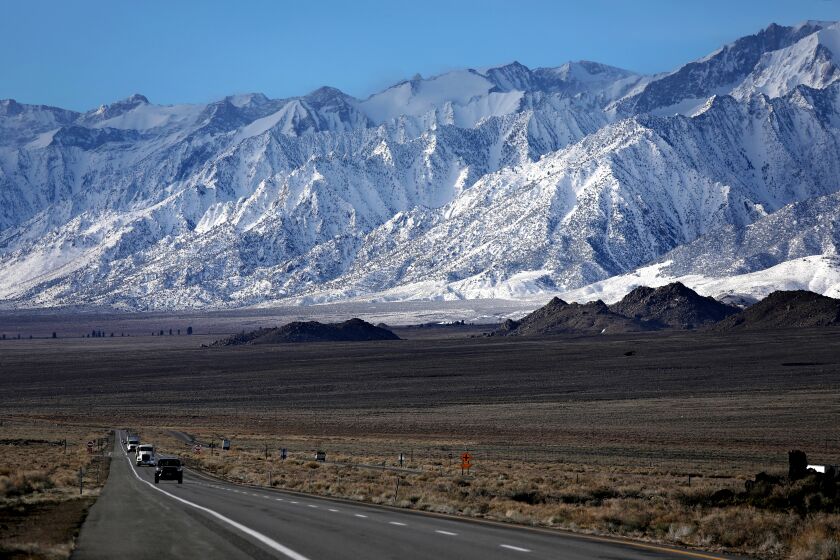Beverly Hospital in Montebello files for bankruptcy in effort to avoid closure

Beverly Hospital filed for bankruptcy on Wednesday, a step that hospital officials said was needed to avoid the closure of the Montebello facility.
Hospital officials said their goal is to find a buyer to keep the hospital open and maintain crucial services for residents in Montebello and nearby communities, including El Monte, Whittier and East Los Angeles. They laid the blame for their financial plight on surging costs that they said had outpaced government reimbursements to care for low-income patients.
“The need to restructure is regrettable, but to save the hospital, we were forced to take these necessary steps,” Beverly Hospital President and Chief Executive Alice Cheng said in a statement announcing that the facility had filed voluntary petitions for Chapter 11 under the bankruptcy code. “It’s a sad situation, but it’s essential for us to continue to provide healthcare for the people of our community.”
Hospital officials said they had secured up to $13 million in financing to enable the hospital to keep operating without interruption as it pursues options for a sale, aiming to find a buyer “who can ensure the longevity of the hospital so that it can continue to serve the communities that need it the most.”
More than 90% of Beverly Hospital patients rely on government programs such as Medi-Cal and Medicare, which have failed to cover the “meteoric rise” in costs for hospital labor and supplies, hospital officials said in a statement. As a result, they said, Beverly Hospital has ended each budget year in the red since 2020.
MLK Community Hospital officials said its packed emergency department is the result of the paucity of medical care in South Los Angeles.
The 202-bed hospital had already announced it would pare back its services in June to cut costs, including by halting labor and delivery care in its maternity department.
Beverly Hospital officials said they had tried unsuccessfully to negotiate mergers or affiliations with three different hospital systems, and faulted an “onerous review process” by the California attorney general as an obstacle to those efforts. (State law gives the attorney general oversight over the sale or transfer of nonprofit hospitals.) In January, Beverly Hospital told the attorney general that its attempt to affiliate itself with Adventist Health was “no longer viable” because it did not have the financial resources to remain operational while the attorney general review was underway.
Beverly Hospital officials had also pleaded with state lawmakers for $8 million in immediate aid, but the money wasn’t approved, Cheng said in a court filing.
Cheng argued that shuttering the hospital would have a grave effect on its community, invoking the recent closure of Madera Community Hospital in the San Joaquin Valley as a cautionary tale. The closure of the rural hospital spurred Madera and Fresno counties to each declare a state of emergency and sent patients spilling into Fresno emergency rooms.
The bankruptcy filing by Beverly was “precipitated by the need to avoid what happened in Madera,” Cheng wrote. “A sale process that is overseen by this court will enable the debtors to save Beverly Hospital and maintain the high quality of healthcare it provides to a community in desperate need of care.”
Hospital industry groups have argued that Madera was not a fluke: A report from the consulting firm Kaufman Hall, commissioned by the California Hospital Assn., found that 1 in 5 hospitals across the state are at risk of closure. Hospitals in El Centro, Visalia and Arcata have publicly announced cutbacks in services.
What is happening to Beverly is another example “of the deeply concerning situation that California hospitals find themselves in and of the risk facing millions of Californians that they could lose access to critical hospital services,” said David Simon, senior vice president of communications for the California Hospital Assn. The association has been pushing for an infusion of $1.5 billion from the state to stabilize hospitals and argued that Medi-Cal reimbursement rates must be increased in the long term.
“2022 was a very difficult year for hospitals in general,” said Glenn Melnick, a USC professor focused on health finance.
As hospitals have faced rising costs for labor and supplies, those that are not part of bigger systems tend to be at greater risk, “because typically the big systems have accumulated money and built up giant reserves that they can make available to the members of their system who get into trouble,” Melnick said.
The stories shaping California
Get up to speed with our Essential California newsletter, sent six days a week.
You may occasionally receive promotional content from the Los Angeles Times.






